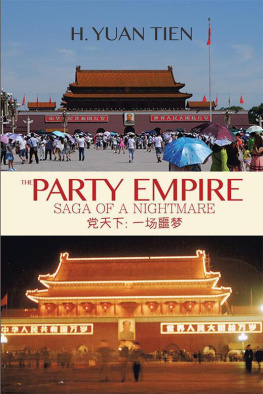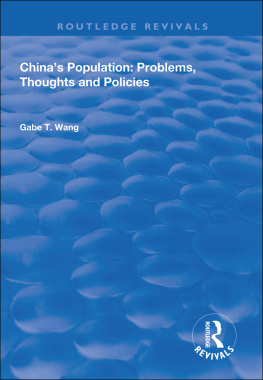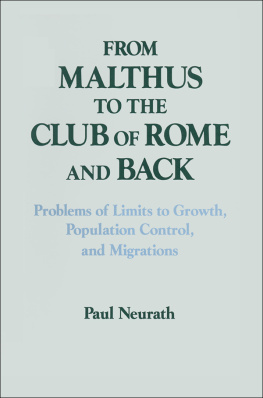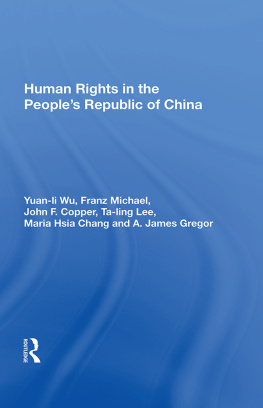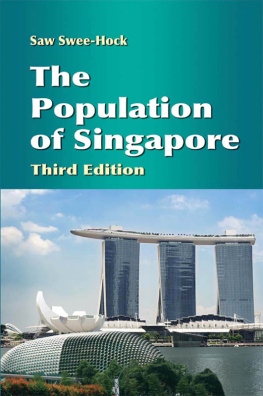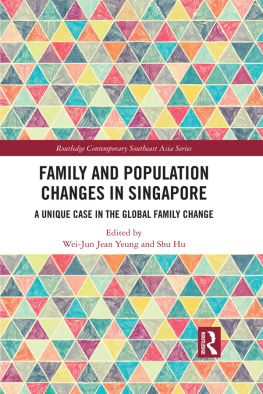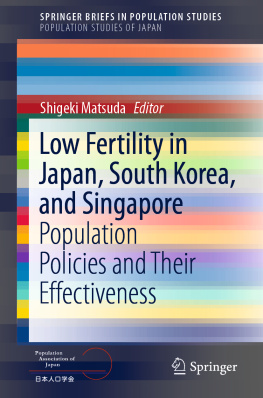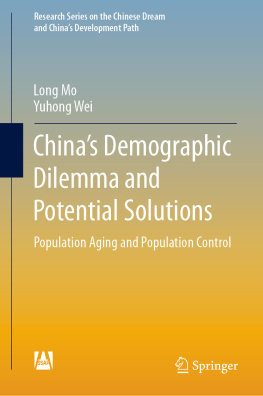The Peoples Republic of China is thirty years young, but her people have an experience extending more than 2,000 years into the past. From both a personal and professional point of view, however, 1979 alone has brought enough major events to easily fill pages and pages. The once seemingly unbridgeable gap between China and the U.S. was formally bridged early in this Year of Normalization. Deng Xiaoping, the Senior Deputy Premier, visited Washington, D.C., in January, and Walter Mondale, the Vice-President, paid a return visit to Beijing in September. I was able to be on hand and partake in formal events in honor of these official visitors in both cities.
I mention these two happy and significant occasions because they are part of the rapidly unfolding circumstances that made the birth of this translated work possible and pleasurable. These developing events include a short trip to China that I along with several other members of the Population Association of America made in April 1978. In twelve days we traversed Chinas vast space. One of the brief stops was Shanghai, where three other members of the group and I walked the streets in preference to a one-day excursion to the nearby city of Suzhou. In the Xinhua Bookstore on Nanjing Road, I spotted and immediately bought a copy of Renkou lilun. Although the book has a December 1977 publication date, that was the first time I had ever known of its existence. A couple of days later in Beijing, we tried to get in touch with the authors of the book, who were then on the staff of the Office of Population Research, Beijing College of Economics. However, contact was limited to the indirect presentation, via the Beijing Office of Chinas International Travel Service, of 46 volumes of Demography that we had collectively lugged across the Pacific on behalf of the Population Association of America.
But, in the few months interval after that, there had occurred in rapid succession additional far-reaching changes that have since generated a great many opportunities for direct contacts at all levels. An agreement was signed in October 1978 between Chinas Scientific and Technical Association and the U.S. Committee on Scholarly Communication with the Peoples Republic of China. This agreement sets forth, among other things, the terms of the Senior Scholar Program in 1979-1980, under which I was able to return to China for research in the summer of 1979.
Over the years since the late 1940s, numerous Chinese books, documents, articles, etc. have been translated into English by scholars in the U.S. Insofar as I know, few of the translators have ever had the opportunity to meet the original writers of the translated items. In April 1979 I was notified by the U.S. Committee of my selection as one of the fifteen Senior Scholars to undertake research in China for the first time in thirty years. Not only has this action paved the way for my present research sojourn in China, but it has also made it possible for me to become personally acquainted with the authors of Renkou lilun. I very much appreciate the Committees support. I want to thank the authors, Liu Zheng, Wu Cangping, Feng Litian, Zhai Shiguang, Hou Wenro, Yu Tiao, Zhou Qing, Wang Nairong, Cha Ruichuan, Lin Fude and Li Gen, for their acquiescent blessing of this English version of their joint product.
In China, the summer months of 1979 turned out to be a uniquely exciting time in many other ways as well. For the first time since the late 1950s, the National Planning Bureau gave out a specific population figure for the country as a whole: as of the end of 1978, there were 975,230,000 people in the whole nation (Taiwan included). In Beijing, Shanghai, and Tianjin, scholars in various universities and others in the social sciences and in family planning formed population institutes in their respective municipalities in preparation for the more orderly exchange of views and for more systematic research.
The deposal of the gang of four has indeed meant a renaissance in demographic studies in China. The foremost symbol of this reemergence and expansion of population research has been the reversal of the verdict in the case of Professor Ma Yinchu. All through the summer months since early July, newspapers have given extensive coverage of the injustice and mistreatment that this distinguished scholar received during the preceding twenty years, and of his renowned New Population Theory. In this treatise, once condemned as bourgeois and Malthusian, Professor Ma had argued that on the basis of Chinas population size and trends of the early 1950s, the country could ill afford an uncontrolled growth of more than 2 percent per annum, and that in order to accelerate industrialization, population increase must be controlled to raise the rate of capital accumulation and to lower consumption. Specifically, he recommended that contraception and late marriage be promoted and that, if these were insufficient, they be supplemented by more stern and more effective administrative measures (


